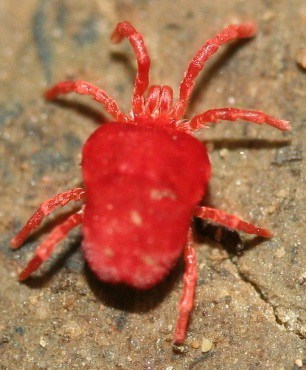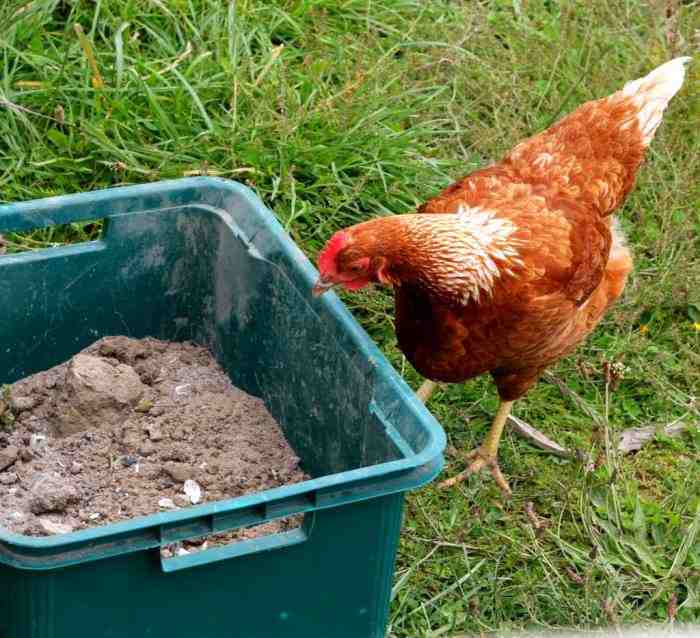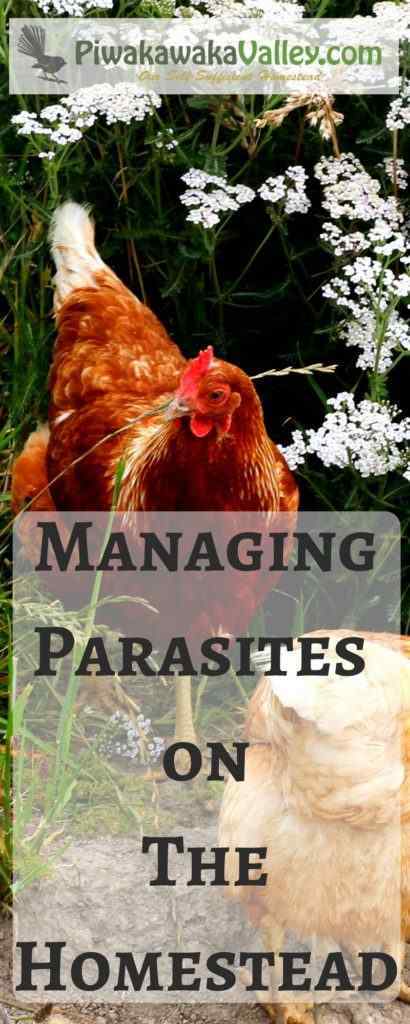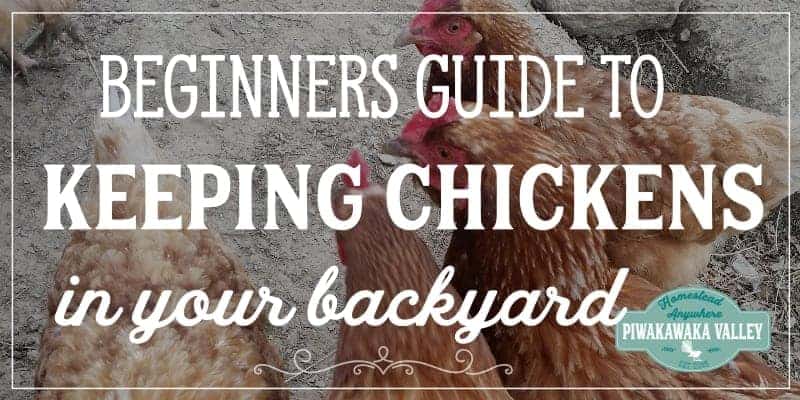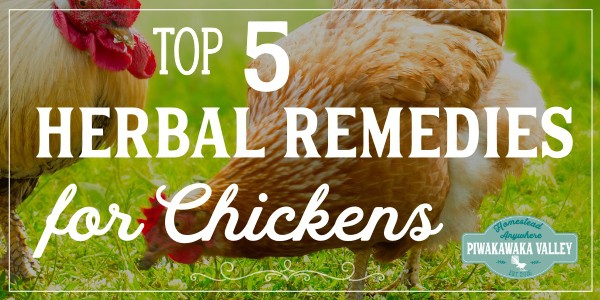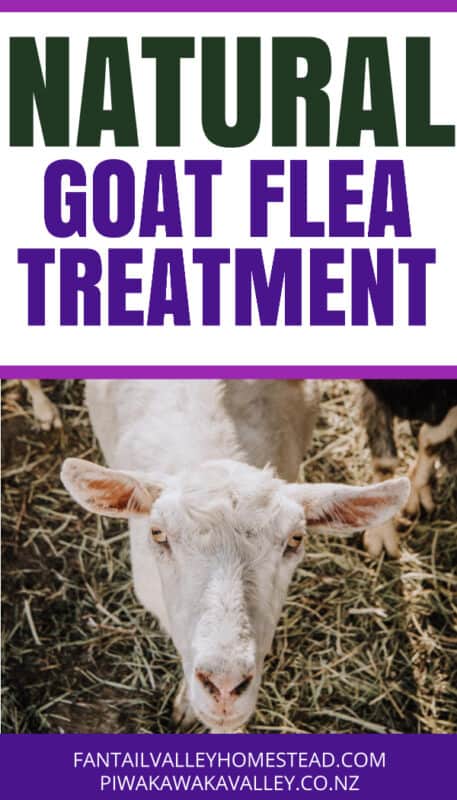This post was most recently updated on June 8th, 2021
In general small numbers of fleas, lice or mites seldom cause any issue, but given the right conditions, their populations will explode exponentially. Whether you have goats, chickens, dogs or other animals, the ways to naturally treat mites, fleas or ticks are the same really.
Please read: This information is provided for educational purposes only and is not intended to treat, diagnose or prevent any disease. We encourage you to make your own health care decisions in partnership with a qualified health care professional.
This post contains affiliate links, this means at no extra cost to you, we make a commission from sales. Please read our Disclosure Statement
They can be hard to control and their impact on the homestead can be significant. In general animals are fairly resilient, but these parasites can be draining and cause symptoms in even the toughest stock.
A heavy infestation of mites, ticks or fleas cause stress, resulting in a decline in condition.
Fleas, lice and mites affect a range of livestock, including sheep, goats, poultry, pigs, rabbits and your dogs and cats.
What are Fleas?
Fleas are small and brown and visible to the naked eye. They live on the animal or bird, and can survive off of animals in long grass for short periods. They hop from host to host. The adult fleas that you see only represents 5% of your flea population. The other 95% exists in egg and larvae form.
What are Mites?
Mites are a distant cousin of spiders, they even have eight legs and a quite tiny.
Red Mites: They live in nooks, cracks and crannies in the chicken coop, particularly the perches and nesting boxes. They come out at night and feed on the chicken’s blood. These mites are very difficult to get rid of once they’ve become established.
Northern Fowl Mite: Small and blackish brown. All stages live on the chicken and are generally found in the vent region.
Scaly Leg Mite: These live in between the scales on the chickens legs. Causing them to look rough and thick, then the chicken may go lame.
Other mites include ear mites in dogs, goats and rabbits, fur mites on pretty much anything, mange mites and sheep mites.
What are Lice?
There are up to 50 species of lice found on chickens alone, not to mention other species they also live on! They are all soft-bodied, pale-colored, flattened-bodied insects.
Lice do not suck blood, but they eat skin flakes and chew hair and feathers.
If there’s a large population of lice living on your animals, they will cause irritation and can be so annoying that they will fail to thrive.
Lice can be found on the breast, back, vent, and under the wings of birds, and around the back of the neck and tail of other animals.
RELATED POST: Natural remedies for chickens
Symptoms of Fleas, Lice and Mites
Generally the symptoms of these blood sucking parasites arise from a combination of itch, irritation, discomfort and blood loss.
Heavily affected animals will display irritability, malaise, restlessness, anaemia and, on occasion, death.
They may rub up against trees, buildings and fence posts to try and relieve the itch. Poultry will display decreased egg production as well.
It’s best to catch an infestation early, so monitor regularly for parasites, both on the animals and in their living quarters.
Once you have identified which ectoparasite you may be dealing with, there are several control options. To inspect your animals, look amongst the hair/fur/feathers against the skin, particularly around the breast, tail and bottom/vent areas.
Scaly leg mite are found on the legs (surprise!) of poultry. They lift the legs scales making the whole leg look rough and scaly. Your bird might have a limp and be favouring one leg.
Treating Fleas, Lice and Mites Naturally on the Homestead
Traditional pesticides are available at farm stores, but be sure to read and follow the label instructions before applying anything to your chickens!
Many of us prefer a more natural treatment approach for ailments on our blocks so I have provided several natural treatment options for home remedies for mites, fleas and lice on goats, dogs and other animals.
With natural treatments the management of these pests is best achieved using an integrated approach, using several of the options together.
When treating your animals it is often necessary to repeat the process again 10 to 14 days apart. Used long term these treatments can help prevent a re-infestation.
If you are trying to treat fleas on cats or dogs, this is the recipe you need.
If you really want to know how to use natural remedies in your everyday life – my friends at the Herbal Academy have a wonderful, affordable beginners course that you really should check out here.
Suped-up Dust Bath for Chickens and Rabbits
Chickens LOVE their dust baths, and surprisingly rabbits naturally roll in dust too!
Why not set up a suped-up dust bath for them to help treat parasites while they are at it? You will need one dust bath for every 10- 15 or so chickens or every 5 adult rabbits, and put it somewhere it won’t get rained on so they can use it all year long.
You Need:
A box, tire, rubber maid tub, old jam pan or plastic paddling pool.
2 parts dry dirt/dust
1 part wood or paper ash (not coal or from burning rubbish)
1 part sand
1/2 part diatomaceous earth
Gloves and mask
Optional – dried and powdered Sage, Lavender or Rosemary
Method:
I use a small bucket as my ‘part’ measure. You may want to wear a dust mask and gloves for this next bit as it does throw a bit up into the air.
Put all ingredients into your container and stir together well with your hands. That is it really, simply leave somewhere out of the rain/snow and let the chooks and bunnies have at it.
It is commonly recommended by well-meaning natural leaning people to treat lice with a simple diluted spray.
This may help if you are able to do it every 2-3 days until the lice are gone, however it actually does not kill the like many claim it does. Adding some to the mixture will help breakdown the coating on the and will make it somewhat more effective. However, you will still need to repeat it several times a week.
For a liter or a quart of spray you should make it 1/3 and 2/3 water, either or . Other additions that make it more effective against lice include a few drops of , 1/2 a teaspoon of or , a teaspoon of , or a combination of the above.
Give it a good shake and add it to a . Apply thoroughly at least every 3 days, avoiding the face. Brush or comb in to get it down to the and be sure to keep the warm until they have dried off as they chill easily.
Other essential oils that might help include peppermint, lemon, eucalyptus, thyme or rosemary. Use these oils sparingly, and avoid spraying on sensitive areas like the head/face, teats and under the tail. Watch closely for signs of irritation.
If you have a bad is unlikely to cure it for you. Regular acv application can, however, be used as a if you use it at least 1-2 times a week.
The upside to using for treating in dairy goats is that the will not have a withholding period.
Fleas on goats can largely be treated in the same way that you treat mites naturally on goats. Fleas are more common than mites in many areas, and they are more prevalent in the warmer months.
Fleas can live in bedding and long grass, so a preventative regular treatment with a herbal or essential oil spray or drops is the most effective natural treatment.
To make a dabbing oil to place a couple of drops at the base of the neck and the base of the tail (where the neck and tail meet the back) simply add
1/2 tsp of Eucalyptus or Wintergreen Essential Oil
1/2 tsp total of any combination of the following:
Bay, cinnamon , clove , coriander , lavender, spearmint and/or thyme
1/2 cup of carrier oil – olive oil , apricot oil or almond oil are all good options.
Mix the oils together and apply 2-3 drops to both the base of the neck and base of the tail as a preventative 1-2 times per week. Be sure to alternate the spots that you apply it, and watch for irritation .
Heavily may need a or containing an to really get on top of the . Some are more resistant to natural treatment than others.
Home remedy for mites on goats, dogs or other furry friends
Essential Oils
You can make a spray up to use 2-3 times per week anywhere that animals are living or sleeping inside or out to help keep fleas, lice and mites away.
You need:
1/4 tsp. of Eucalyptus or Wintergreen Essential Oil
1/4 tsp total of any combination of the following: bay, cinnamon, clove, coriander, lavender, spearmint and/or thyme
1 1/2 cup of water
Method:
Simply mix and spray around sleeping quarters.
Garlic
Garlic is a potent natural cure-all for many many things, including parasites! To feed animals garlic is so easy!
Simply put a couple of crushed cloves in their drinking water or some garlic powder in their dry feed to keep fleas, mites, lice, ticks and internal worms at bay.
Garlic Spray for mite and flea control
You Need:
3 Whole bulbs of garlic
2C Water
Optional – 1 teaspoon (total) any combination of these essential oils – bay, cinnamon, clove, coriander, lavender, spearmint and/or thyme
Method:
In a food processor, whiz up the garlic until finely chopped.
Add the water and pour into a large jar or bowl to seep for a day or two.
Strain out the garlic by lining a sieve with a coffee filter, paper towel or double layer or butter muslin/cheese cloth.
Dilute with a further 4 cups of water and add essential oils. Then pour into a pressure sprayer to spray the animal houses with or a misting bottle to spray the individual animals/birds with.
Spray your animals and their houses weekly as a preventative or every other day for three weeks in the case of an infestation.
Concentrate around the vent and under the wings on birds, and under the legs, backs of necks and base of tails in animals. Be sure to get all the and cracks and perches in the houses.
To treat leg mites on poultry spray the legs daily with garlic spray, using an old toothbrush to gently get it up under the scales.
Smother the legs in either petroleum jelly or a similar natural alternative like a homemade balm, Sierra Sage Green Goo or Waxelene.
Diatomaceous Earth
Diatomaceous earth works because the particles in it are incredibly sharp, these sharp edges cut the bodies of parasites causing them to dehydrate.
Using food grade diatomaceous earth in a sports sock with the top tied shut is a great way of powdering it onto your animals without throwing it everywhere. Simply dab the sock on the chosen animal while parting their wool/hair/feathers.
You can sprinkle diatomaceous earth around the floor of their houses, pens, beds and in the nesting boxes as well.
Apple Cider Vinegar
A couple of tablespoons of ACV/Liter or Quart of drinking water helps keep the animals healthy. It makes a great health tonic, and healthy animals are less likely to succumb to either external or .
If you would like to make your own ACV for practically FREE out of scraps – read our post here!
Coconut Oil
It has almost become a joke in the natural community how many things coconut oil can cure.
Not surprisingly, coconut oil works with mites too. To use you simply smother coconut oil on mites every day for 10 days, it suffocates them. Ear mites and scaly leg mites are the best types to treat this way, but you can also treat body mites, but you end up with a greasy animal!
Be sure to check out my friends at the Herbal Academy here.
Do you have any tried and true remedies? What do you find works best at your place? Let me know in the comments below!
Please Pin for later and share with your friends!



